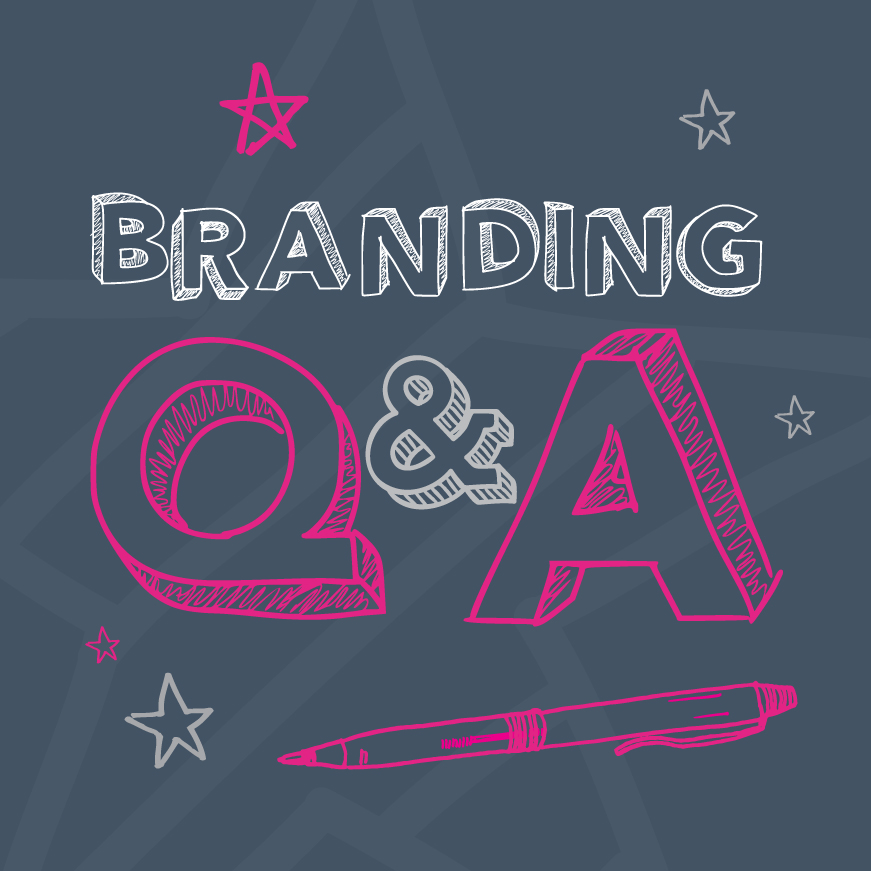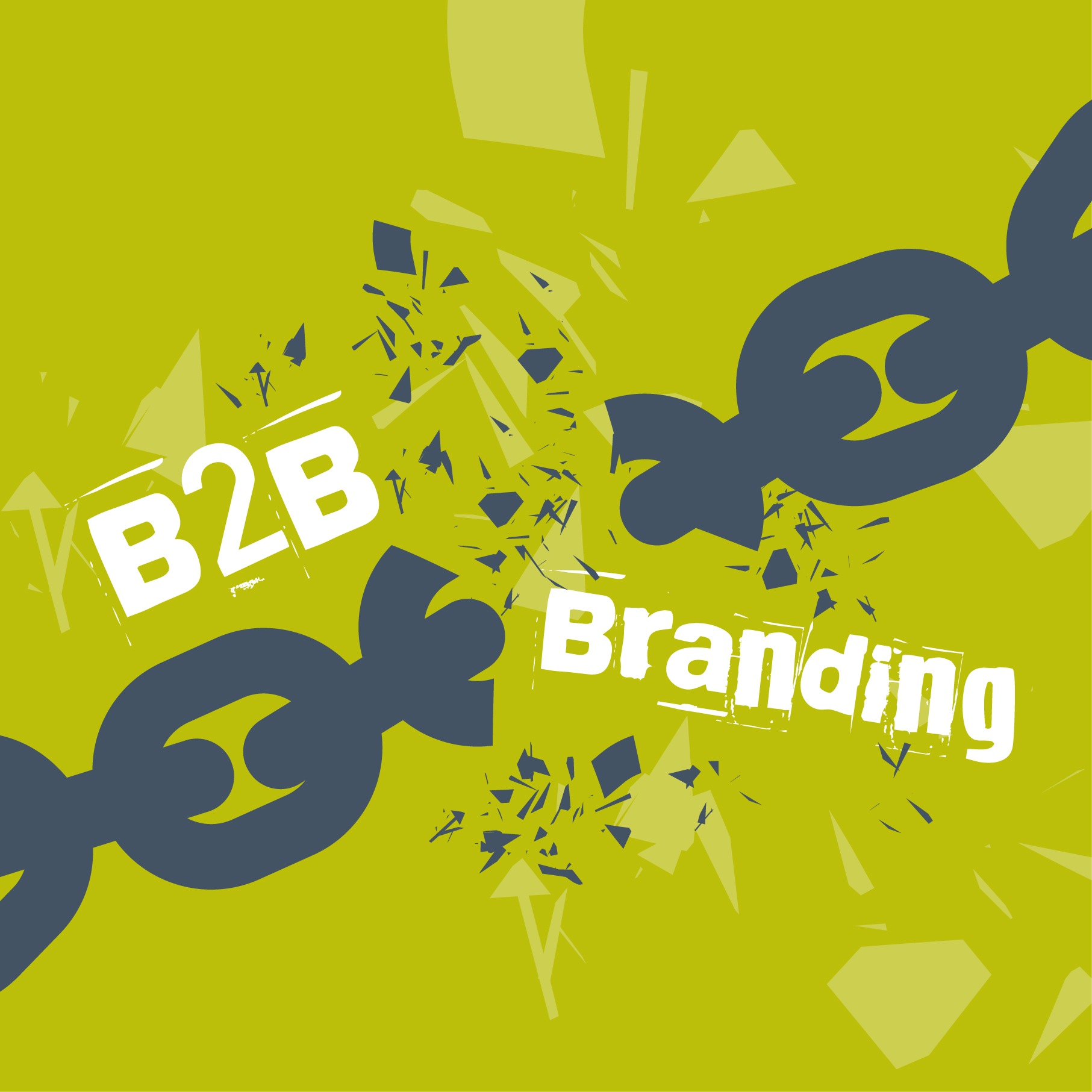
BRANDING - ENGAGEMENT
Brand awareness comes through audience awareness
As the battle for attention amongst B2B buyers rages, brand awareness remains one of the top priorities, only just falling behind the ubiquitous “lead generation/nurturing” in the recent CMI UK 2015 B2B Marketing Trends Report. However, the number one priority remains brand engagement. Engagement/awareness – what’s the difference?
Well, you can be aware of something, without being engaged with it. For example, I’m aware of my wife telling me something when I watching the Moto GP, but I must confess to not being engaged!
Awareness is not engagement
The idea that awareness leads to engagement is wrong. Traditional brand awareness campaigns placed a heavy emphasis on this simplistic idea of branding. But just being aware of something doesn’t make you want it – that demands purpose, relevance, differentiation and value.
Corporate clutter
Too often, a brand’s value and differential are lost under the sheer volume of information they surround themselves with. In the face of increasing commoditisation and competition, many brands and their offerings have either not confronted the challenge directly or not formulated an appropriate response.
Which comes first: awareness or engagement?
People are engaged by messages that are relevant and important to them. They can become aware of the message before they’re aware of the brand that’s communicating it. Think about how you came across the article; you might not have been aware of Origin before you read this, but because what we’re talking about is relevant to you, you now are.
Thought leadership
Great brands have vision and are often several steps ahead of their audience, anticipating how their needs will evolve and developing products accordingly. Savvy brands have also worked out how they can influence and shape their audience’s opinion to create both engagement and awareness, while steering them in their direction over a sustained period of time.
Their issues and your brand’s opinion on them
If your brand has achieved front of mind presence, your audience will seek you out, but they will still be looking for engagement in line with their own priorities. Brands that maintain a strong connection to their audience understand this and ensure their messaging addresses these issues and is communicated via easily found places.
The bigger the brand, the greater the fall
Having achieved awareness, what do you do with it? There are pitfalls.
Omni-present brands like IBM, Xerox and Oracle are now so diverse that their ability to communicate clear messaging is weakened, due to the fragmentation of their offering. They will continue to be successful because of their momentum and customer base, but for a buyer, trying to penetrate their value and relevance from the outside is an increasing problem.
Building brand awareness through relevance
The number of channels and media now open to build brand awareness and engagement is immense. So it becomes about the relevance of what your brand is saying, as well as where. The growth of inbound marketing that uses content relevant to its intended audience has the potential to drive substantial interest in the brand. But smart buyers soon scrape away the initial engagement layer to reveal the brand and its offering in its raw state. If the brand and its core messaging is not aligned with the initial engagement, the buyer will notice.
Five things you can do to build brand awareness and engagement;
1. Stay connected
There is no shortage of routes through which to do so – user groups, research, social media and questionnaires are all ways that brands can gain valuable insight to ensure they respond in ways that are relevant to the audiences’ evolving needs.
2. Back to basics
It’s hard for businesses to take an objective look at themselves and re-evaluate what they do, how they do it and how they should differentiate and communicate with purpose, but the process has many benefits. People will buy what they understand and recognise as having identifiable value.
3. Inside out
Businesses that align the entire organisation to a shared vision and its delivery are the ones that win. Everyone in the organisation is responsible for delivering the brand’s promise, but this can only be implemented if every individual understands it and is empowered to deliver it through a common set of values. Boardroom to postroom.
4. Brand experience
In the face of fierce commoditisation and competitiveness, how you do what you do can be the difference and THE reason they buy from you. Embrace this idea and ensure that at every point where your audiences engage with the brand, their experience does not just meet their expectations but exceeds it.
5. Don’t be scared of being different
B2B is full of grey, dull brands that are either scared or incapable of offering an opinion or perspective. Brands that are prepared to take a calculated risk and reveal a more distinct personality can gain greater awareness and engagement. B2B buyers may appear coolly logical, but they’re human and will respond on an emotional level.
<<< Back to Blog



